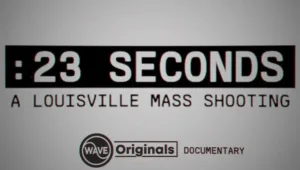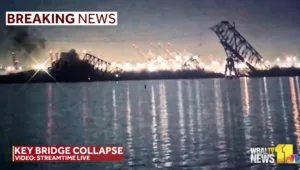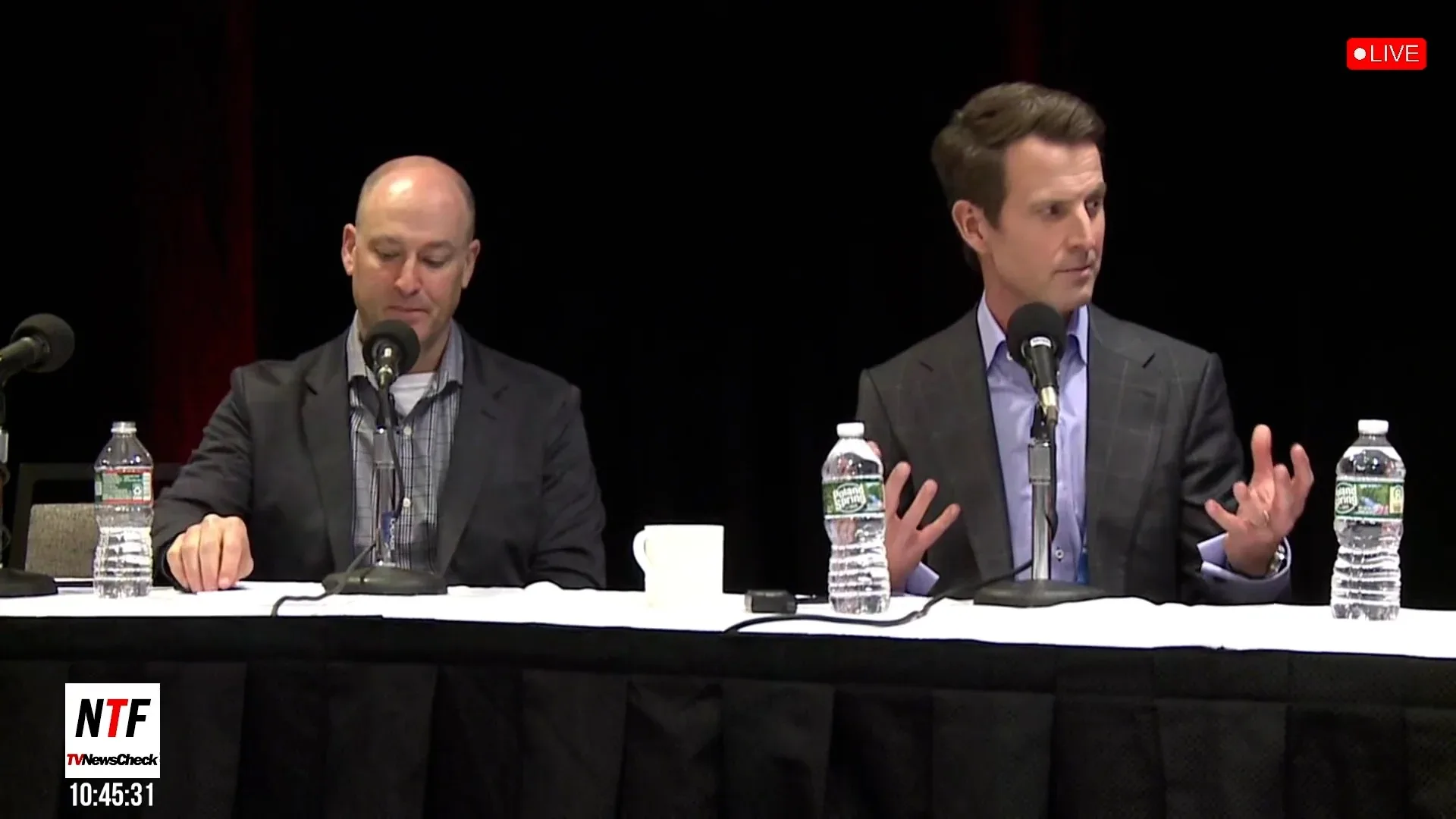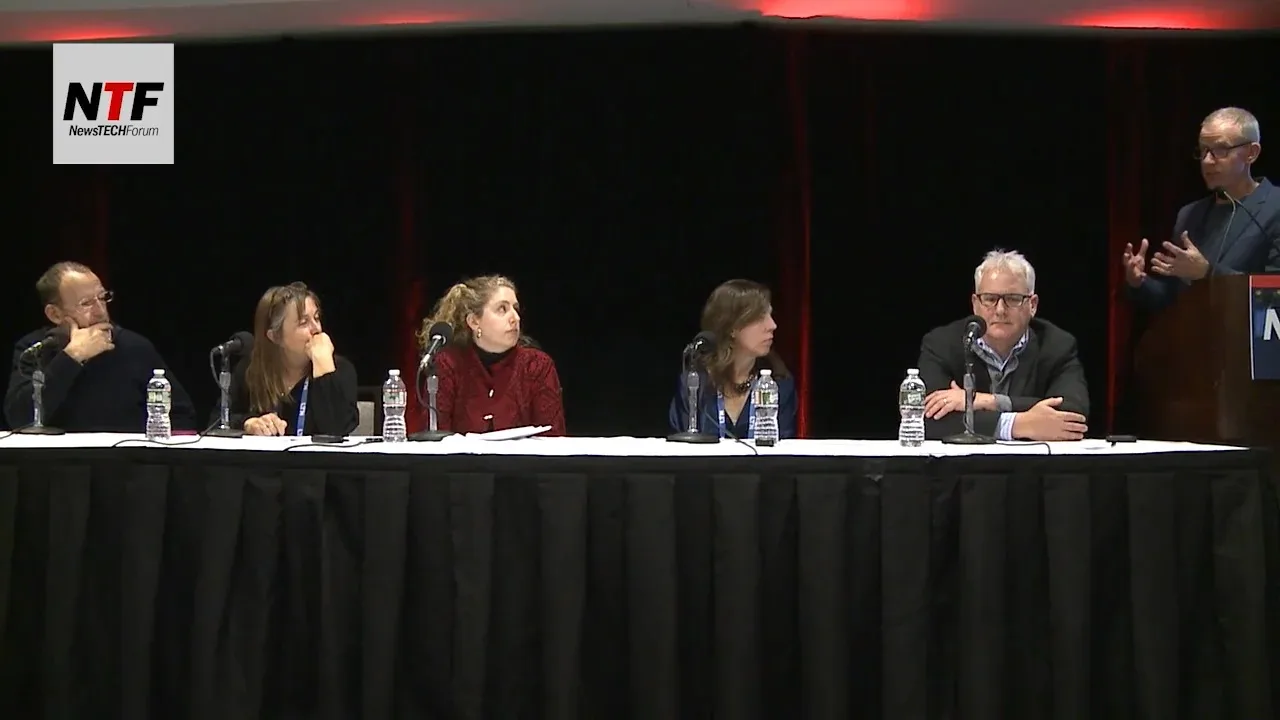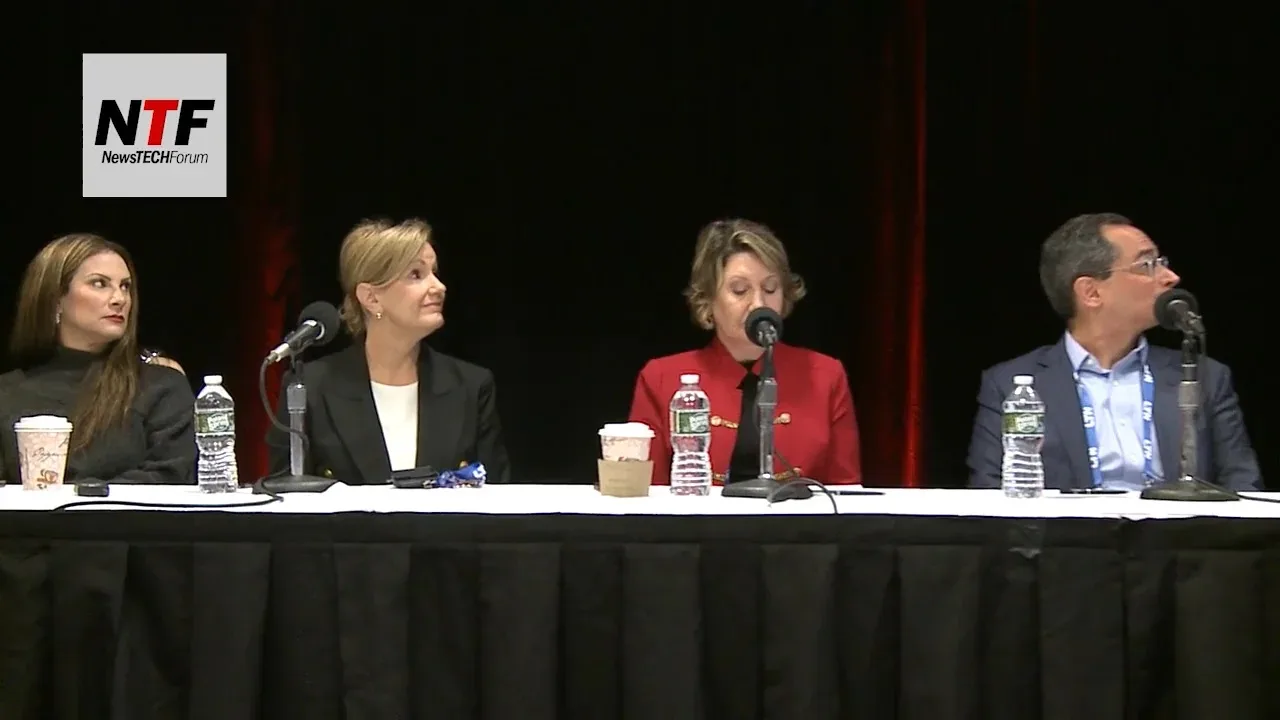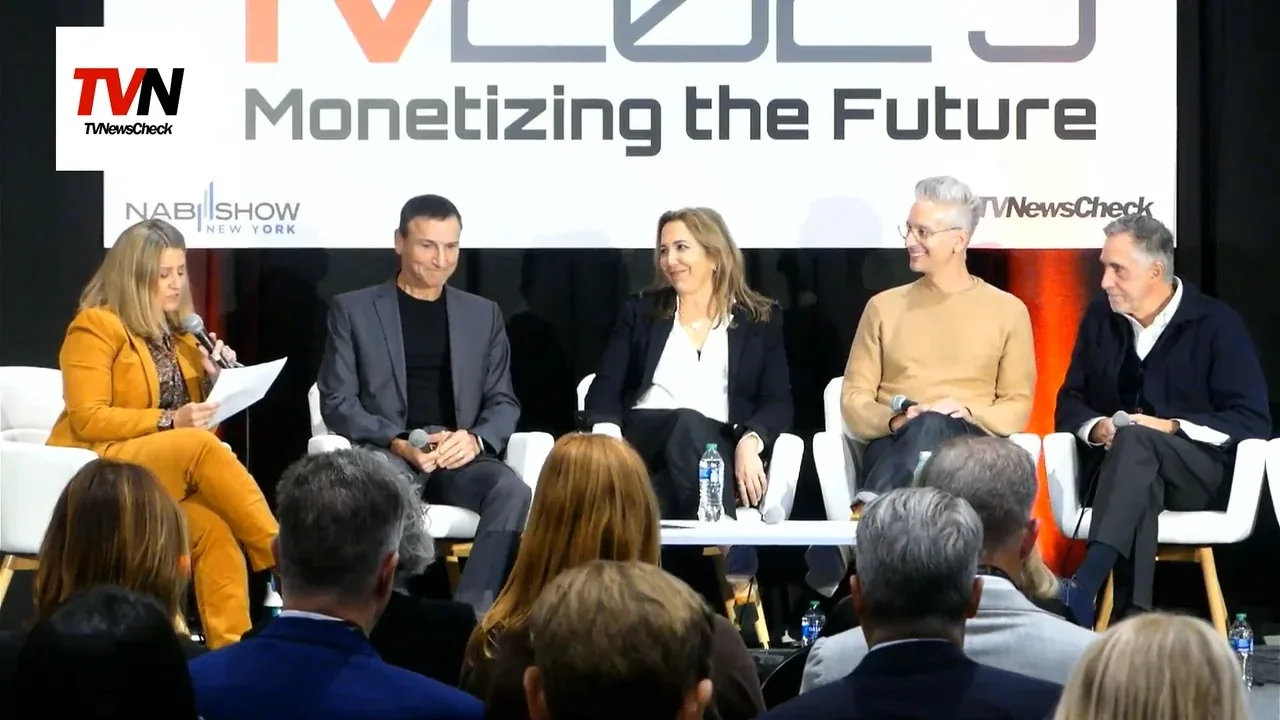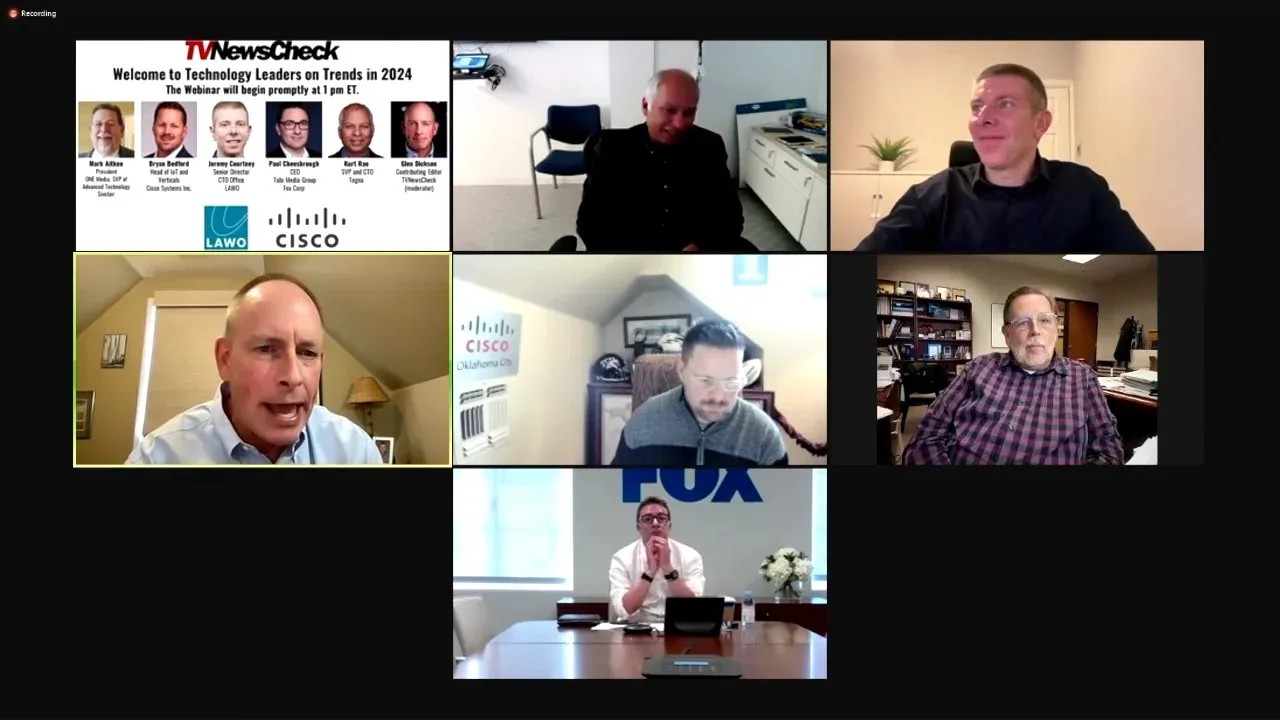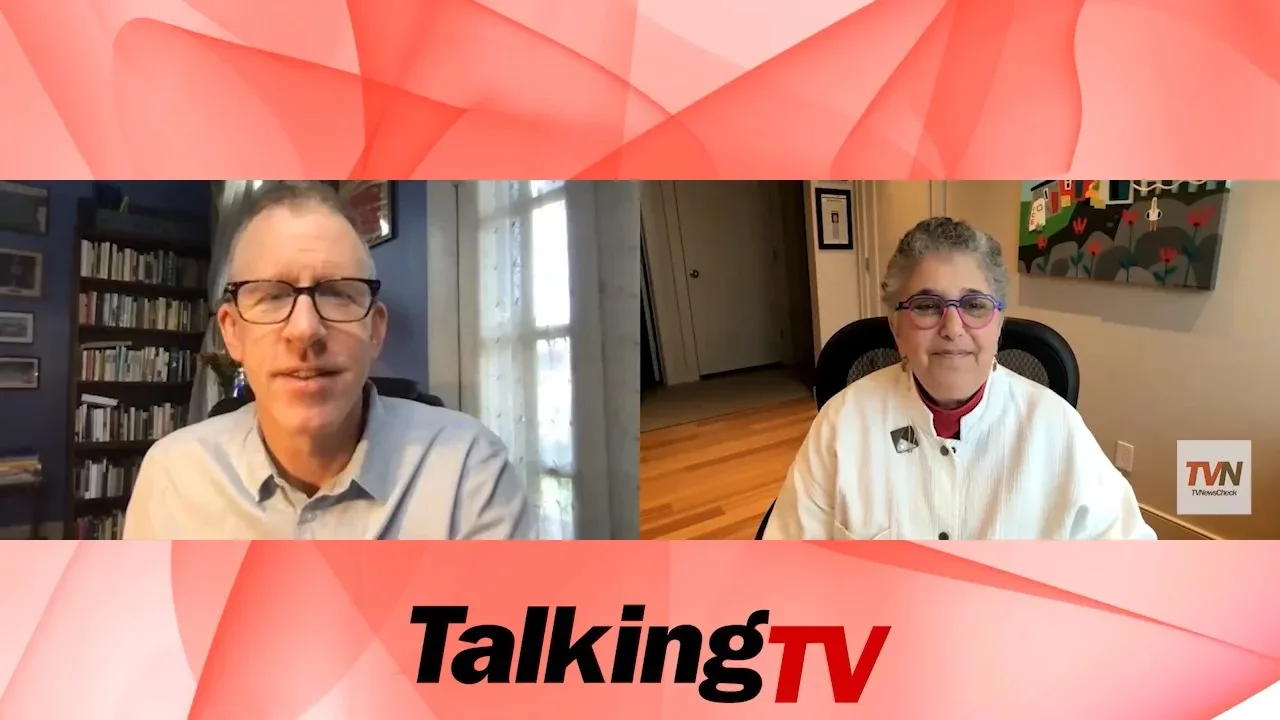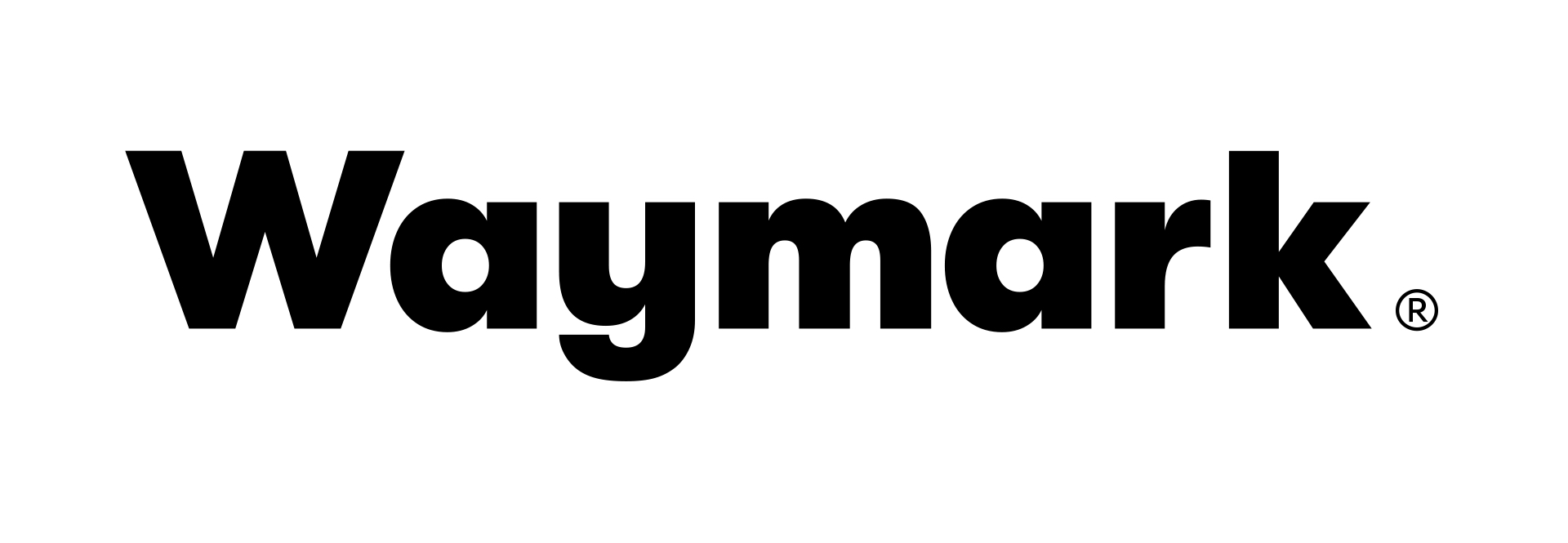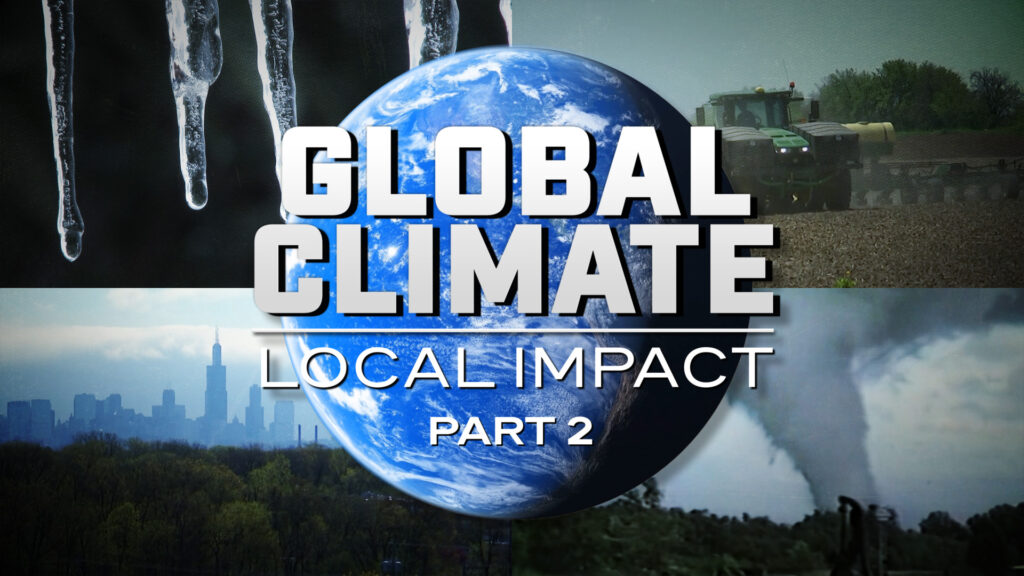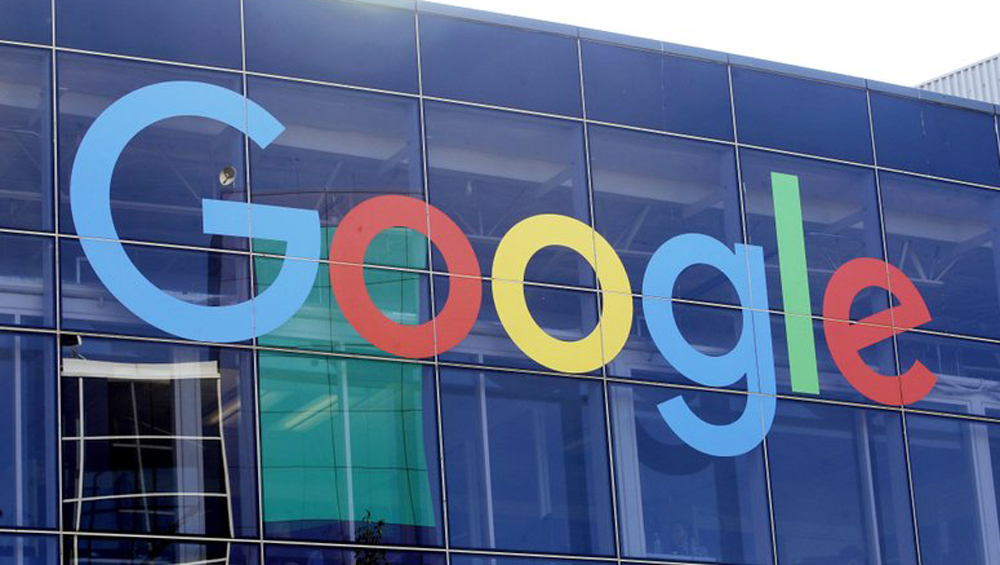
The tech giant’s AI-powered search product is being tested on roughly 10 million users; publishers rely on Google for traffic and see a gathering storm.

AI-generated election ads on YouTube and other Google platforms that alter people or events must include a clear disclaimer located somewhere that users are likely to notice, the company said in an update to its political content policy.

Google-owned U.S. cybersecurity firm Mandiant said on Thursday it had seen increasing use of artificial intelligence (AI) to conduct manipulative information campaigns online in recent years, though the technology’s use in other digital intrusions had been limited so far. Researchers at the Virginia-based company found “numerous instances” since 2019 in which AI-generated content, such as fabricated profile pictures, had been used in politically-motivated online influence campaigns.

For weeks, The Times and the maker of ChatGPT have been locked in tense negotiations over reaching a licensing deal in which OpenAI would pay The Times for incorporating its stories in the tech company’s AI tools, but the discussions have become so contentious that the paper is now considering legal action.
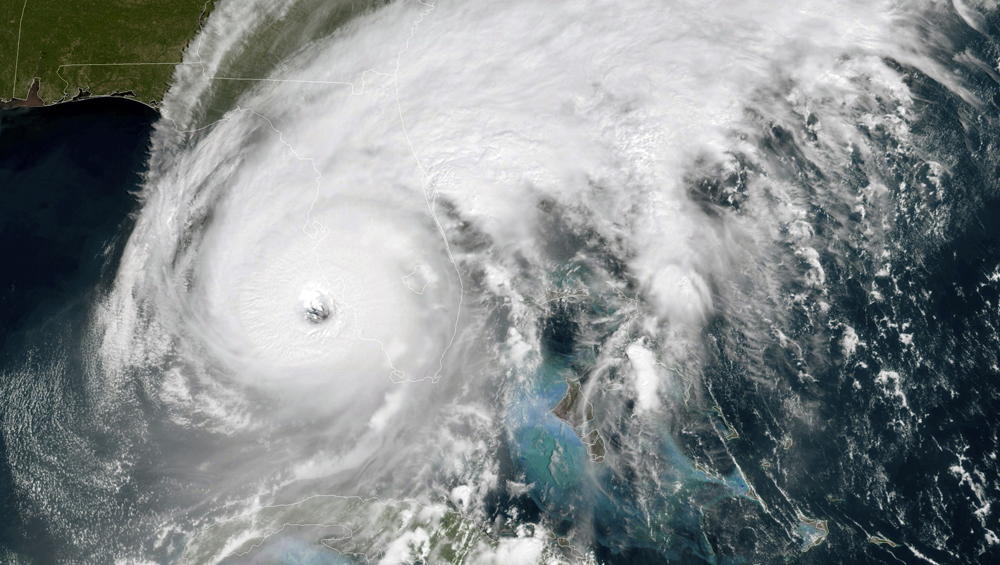
For overworked TV meteorologists pushing out continuously updated weather content across multiple platforms for 10 hours a day, AI may offer the help they need at a time when the industry needs it most.
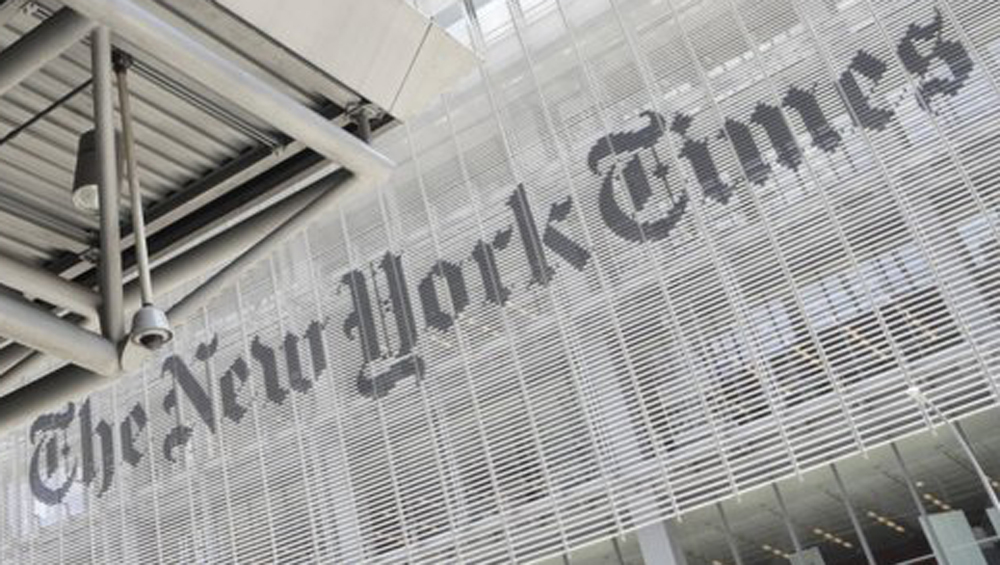
The New York Times has decided not to join a group of media companies attempting to jointly negotiate with the major tech companies over use of their content to power artificial intelligence. The move is a major blow to efforts to Barry Diller’s efforts to establish an industry united front against Google and Microsoft.

The technology for morphing flesh-and-blood performers into virtual avatars has been improving for years. Now it has become an issue in the actors’ strike.
Future-proof compliance with AI speech-to-text technology
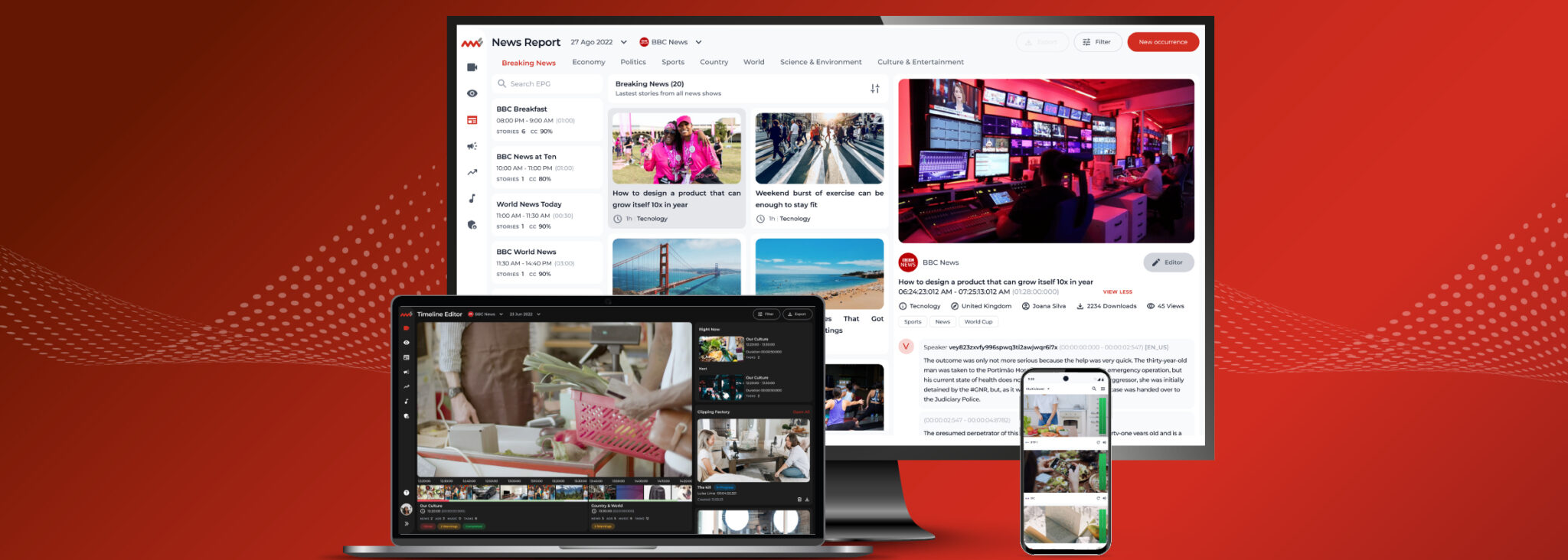
AI is transforming broadcast compliance, and the right tool provides essential added features through automatic speech recognition. Broadcasters can leverage this technology to gain actionable insights and automate content indexation, increasing their reach and creating new monetization strategies.

The agency sent OpenAI, which makes ChatGPT, a letter this week over consumer harms and the company’s security practices.
Applied AI: An unseen revolution in local TV advertising

Advertising — specifically television, cable, broadcast, CTV, radio, and print — is being quietly reshaped by AI. The most interesting thing about this transformation is that it’s not just about technology; it’s about people, local businesses, and communities. The high costs and logistical complexity involved in advertising on channels like television have, until recently, made them unattainable for small businesses. AI has quietly stepped in to rewrite this narrative — in a very significant way.

After G/O Media, which owns sites including The Onion, The Root and Deadspin, announced it is rolling out AI-created content next week, “appalled” unionized editorial staffers blasted the company, saying, “The hard work of journalists cannot be replaced by unreliable AI programs.”

NewsGuard identified 141 brands that are feeding programmatic ad dollars to low-quality AI-generated news and information sites operating with little to no human oversight.

Generative AI models are changing the economy of the web, making it cheaper to generate lower-quality content. We’re just beginning to see the effects of these changes.
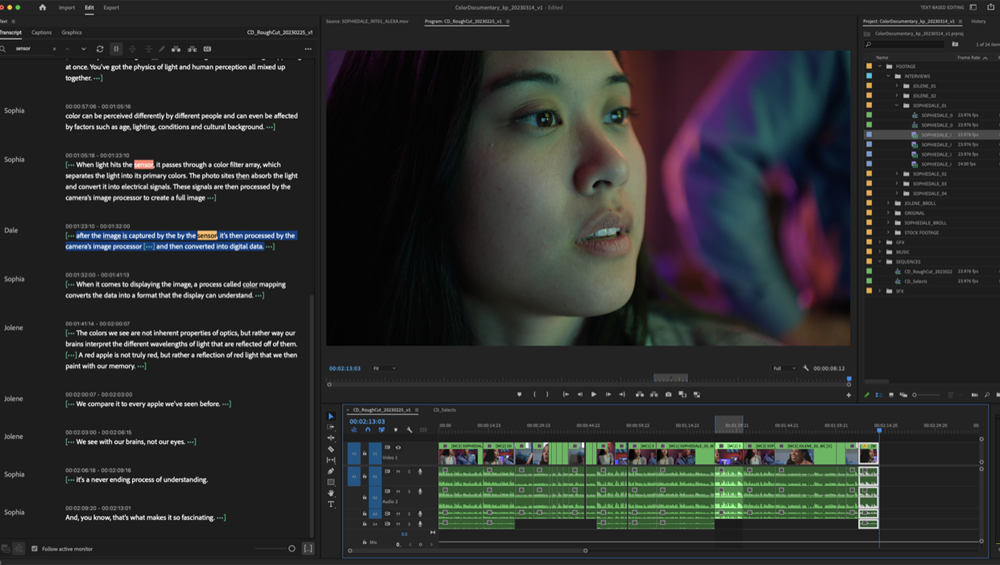
At this year’s NAB Show, while some of the focus on artificial intelligence could be attributed to mainstream buzz over new generative AI tools like OpenAI’s ChatGPT, broadcast vendors have been working on AI-based products for several years to tackle the more labor-intensive parts of the broadcast workflow. Pictured: Adobe’s text-based editing, in which the audio in news feeds is automatically transcribed upon ingest and displayed in a transcription window to the left of the editing interface.
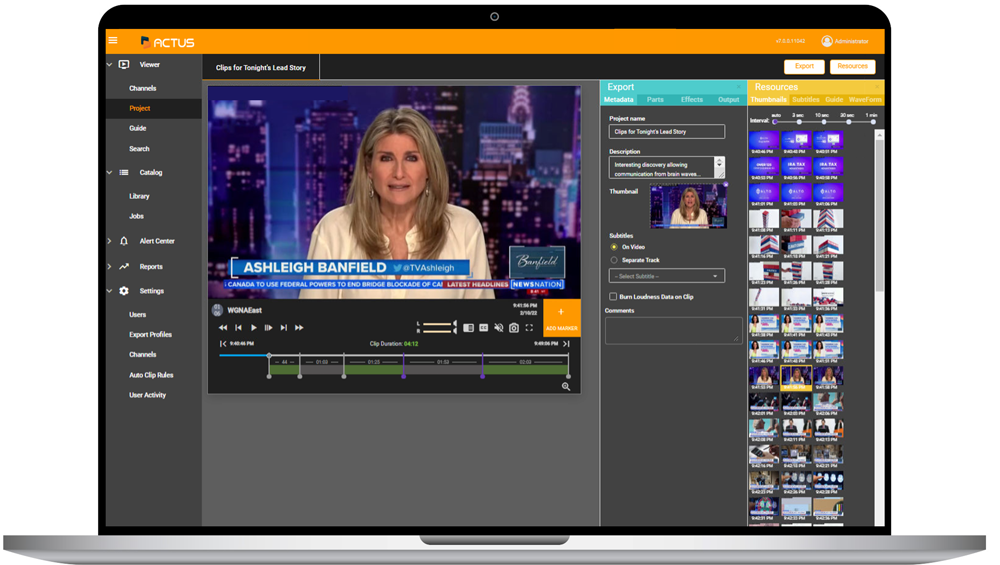
Armed with automation facility, AI and a move to the cloud, compliance monitoring has moved far beyond baseline capabilities and into content repurposing and ad monitoring, among other features. Next up is more audience data via ATSC 3.0 and readying to meet forthcoming OTT compliance needs. Pictured: Nexstar uses the Clip Factory feature of its Actus QA/Compliance system to clip original content back to broadcast.
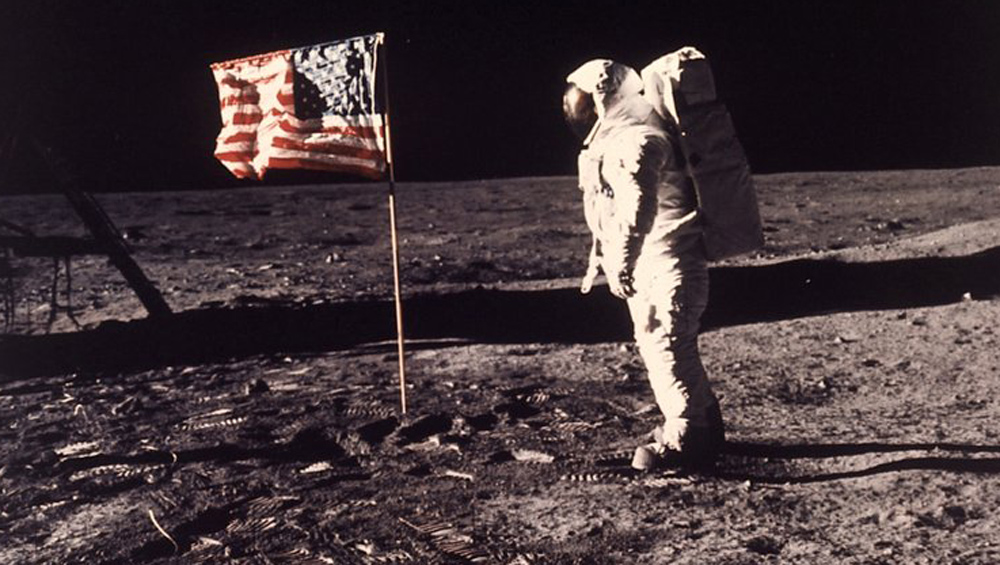
The results can be astonishing: crisp, beautiful, fantastical and sometimes eerily realistic. But they can also be muddy and grotesque: warped faces, gobbledygook street signs and distorted architecture.
AI Lightens The Newsgathering Load

Broadcasters continue to turn to artificial intelligence for help with a widening array of tasks heavy on manual process from surfacing trending topics and content to generating transcriptions, tagging with metadata, offering facial and object recognition and offering help with clips, rights management and moderation.
XL8, a Silicon Valley tech company providing AI-powered machine translation technology optimized for media content, will unveil its MediaCAT platform for AI-based media localization at IBC 2022, Booth #6C29. This […]


